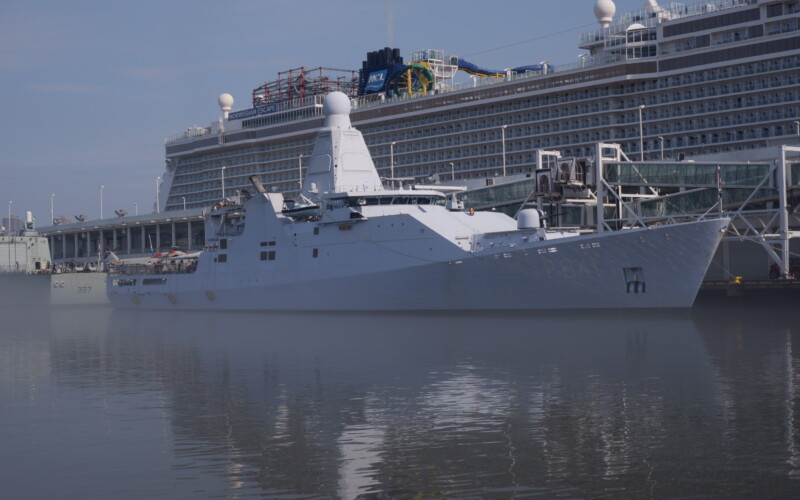We have experience hosting a range of audiences, from college classes to birthday parties to company outings, and we customize our tours to meet your group’s interests and needs.
Book a private tour today
New York Harbor is bustling with boats every day, making it perfect for ship spotting, a hobby that involves seeing, learning about, and tracking ships as they come and go. …
Read more
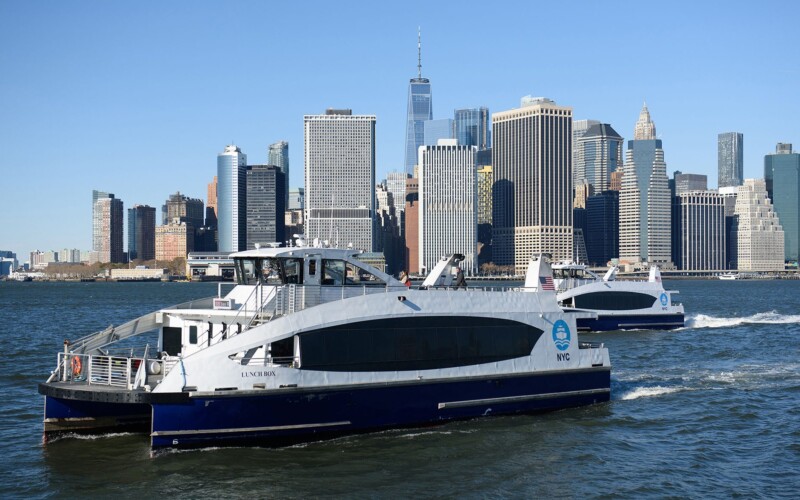
Today marks the anniversary of the launching of USS Arizona at the Brooklyn Navy Yard. We have written about the Arizona many times before, including about the impact the sinking …
Read more
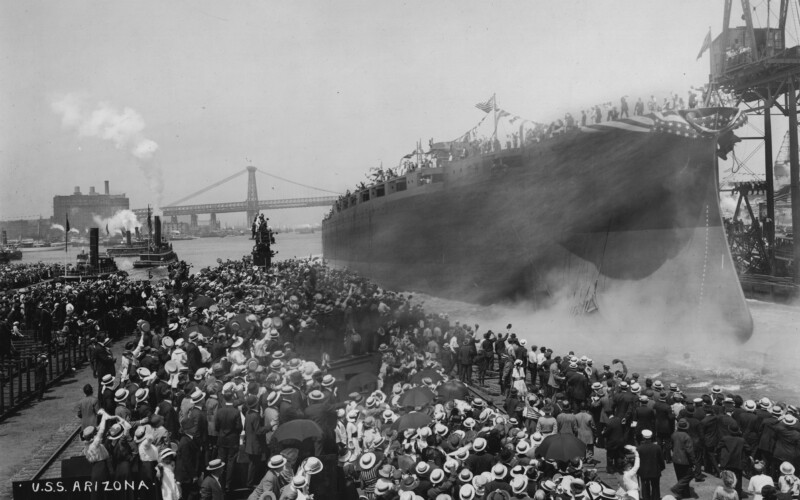
Operation Neptune, the seaborne component of the Normandy invasion, required nearly 6,500 vessels to deliver the vast Allied armies and their supplies and equipment onto the continental beaches. This didn’t …
Read more
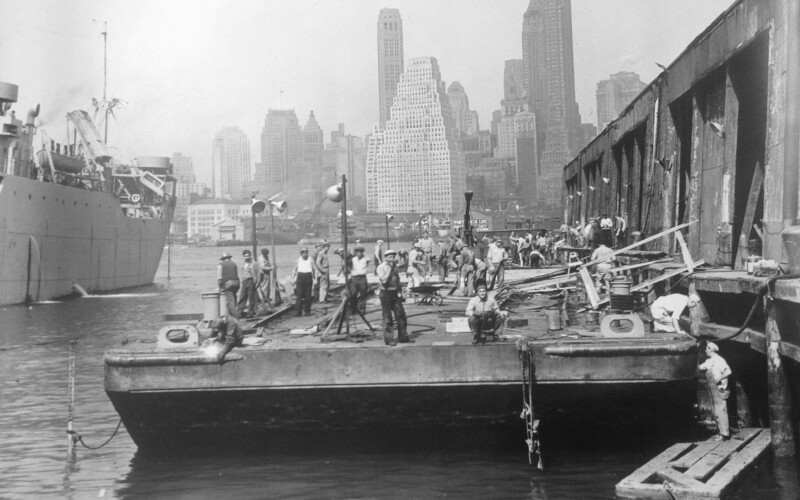
Wallabout Bay is currently hosting a pair of ships that harken back to the days of the New York Naval Shipyard, as a pair of mothballed ships from the James …
Read more
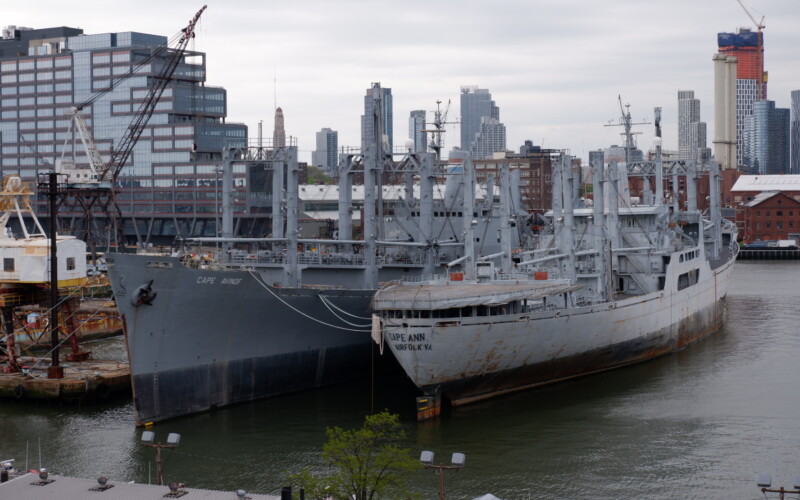
Visits by naval vessels to New York aren’t what they once were, but they do still happen, and we try to spot them whenever we can. On April 14, we …
Read more
